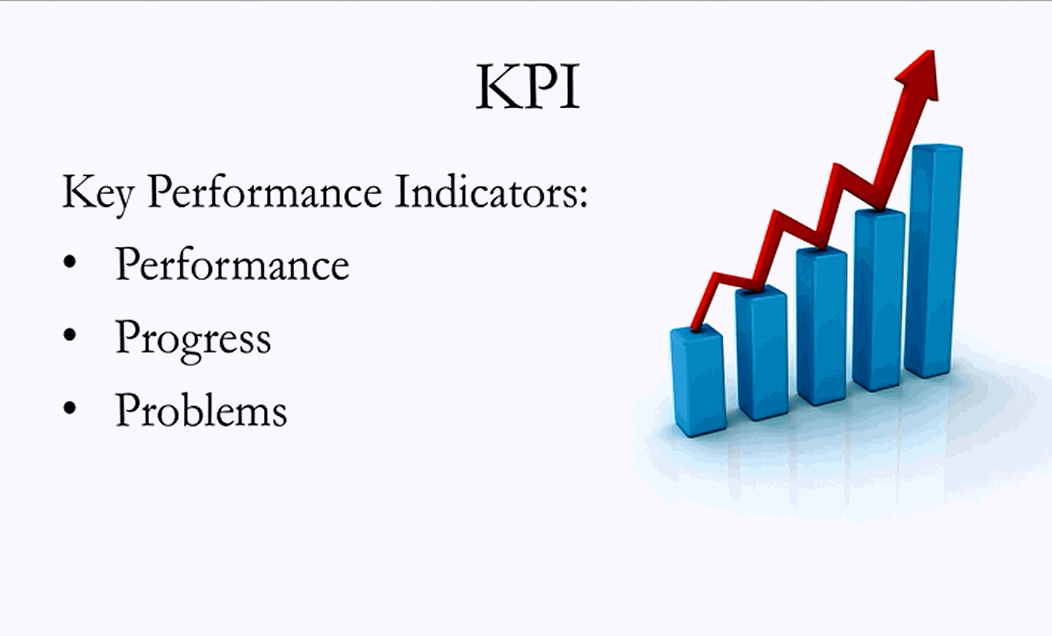
Logistics management is that link in the supply chain that plans, implements and controls the efficient and effective forward and reverse flow and storage of goods between point of origin and point of consumption.
Every properly established integrated haulage services company is in the business of logistics management and the role they play is an integrating function involving the coordination and optimization of logistics activities. It means being involved in all logistics activities on an operational, tactical and strategic level.
At this level of bespoke involvement, the resultant services can best be described as “Managed Logistics”.
But the question one may be tempted to ask is- How many haulage services providers in Nigerian operate at this level of refinement and sophistication? At best, experience has shown that what most haulage services companies do is simply procure trucks (be it used or brand new), get some drivers mostly by referral, fuel trucks and then either position itself for some on and off call-off or spot-hire business opportunities or put the trucks at the services of an FMCG on the strength of some hurriedly packaged contractual agreement. Thereafter, the whole gamut of running the haulage business is simply reduced to the routine of fuelling trucks, scheduling them for loading and carrying out repairs or servicing as the case may be!
Great haulage business can definitely not be built on this foundation. Hence today, we in Haulage Report Now extend our previous discussion on enhancing performance in your haulage business by taking a looking at some Key Performance Indicators that helps in assessing performances and building a system that regenerates itself.
KPIs are strategic to developing competences in understanding and knowing the business and markets served by your haulage clients. It is central to the design and conceptualization of logistics solutions just as it is key to implementing, executing and managing solutions.
Understanding Key Performance Indicators (KPIs)
If you want to make well-informed, tactical and strategic decisions about your operation, you will need to be able to accurately measure the resources you use to deliver your services. Only then can you identify areas for improvement and assess how effective any operational changes made have been.
The starting point for any performance improvement programme should be to understand the current performance of your operation. This means collecting data on key aspects of your operation, and turning this information into specific measures that can help you to identify areas for improvement. For instance, how much it costs you to deliver products to your customers; how many kilometers your vehicles run empty (unloaded) or the number of late deliveries you make. These measures are known as Key Performance Indicators or KPIs.
A KPI on its own will not tell you much. Individual measures and data need to be turned into information that can help you make decisions. This means setting a target, and measuring and monitoring KPIs over a period of time to see how you perform against this target. Weekly, monthly and annual reports allow you to monitor progress and see which areas need the greatest improvement. Producing graphs or charts will often be the best way of showing performance progress. Measuring performance can allow you to strike the best balance between service and costs
Characteristics of a Key Performance Indicator
There are many different KPIs that can be used to measure performance in a Haulage services operation and it can be difficult to know which ones might be right for you. This article is intended to explain the characteristics of useful KPIs that can be applied in various types of operation and by different people.
However, there are a number of things you can consider beforehand in order to decide which ones may be right for you.
A functional KPI should be Relevant and it should also be SMART – Specific, Measurable, Achievable, Realistic and Timed.
Specific
KPIs should be specific, simple to use and easy to understand. Complicated statistics and formulae can lead to confusion and uncertainty about what is actually being measured in the first place. If KPIs are specific and kept simple, they can be easily communicated across the business and there is no need for staff to have an in-depth knowledge of the area being measured.
Measurable
KPIs can show changes in performance over time. For this to happen it is essential to compare like-with-like data. It is easy to fall into the trap of comparing two drivers on different routes for time utilization or Kilometers per litre (KPL). If one route is more demanding than the other, this could be misleading. Similarly, comparing drivers when they drive vehicles of substantially different age or vehicle type can also be deceptive. There are ways you can get around these problems however, such as rotating drivers onto different vehicles and different routes and then monitoring both driver and vehicle performance to spot consistently high and poor performers.
Achievable
Any targets that are set should be achievable. It may seem beneficial to set high targets in the hope that this leads to greater improvements in performance, but people can become disillusioned when they continually fall short of the targets set for them. Regularly reviewing performance towards targets and then resetting the targets to encourage smaller incremental (but cumulative) improvements may work much better in the long run.
Realistic
Remember that decisions and management actions will be taken as a result of the data collected and presented, so the data collection method needs to be realistic, reliable and consistent. It is important that the data required to produce the particular KPI can be collected easily and on a regular basis, as comparison over time forms the basis of benchmarking and then improving performance.
Timed
The frequency of monitoring is an important consideration. Weekly or monthly monitoring is recommended for many KPIs but this can depend on the measure and the needs of a particular business. Some information may have to be collected on a daily basis, such as staff absences in the warehouse, daily/weekly/monthly/annual delivery drops or nightly trunking volume. If certain measures are not recorded and presented to the agreed timescales, the risk of changes in performance going unnoticed rises.
Deciding which KPIs is right for you
The size, type and management structure of a company is likely to influence the range and type of KPIs you might use. KPIs can be used to help managers develop strategy, plan and make decisions, while at the operational level they can show clearly the areas that need improvement, or a change in approach.
For instance, at an Operational level stated above, the Fleet Manager may be interested in:
Driver Utilization: Comparing each driver with the scheduled time for the route.
Driver Performance: Individual drivers can be compared to show how efficiently they drive the vehicle in terms of Kpl and how safe they are by measuring accident and collision rates.
Vehicle Utilization: Evaluating the planning function by monitoring how well vehicles are utilized in terms of time and vehicle fill.
Vehicle Performance: At this level, data is collected for each vehicle in terms of Kpl and maintenance required.
An individual KPI can tell you how well you are performing at an operational level. However, when looked at in combination with other measures, a picture can be provided of how you are performing in terms of revenue and profitability and overall fleet efficiency, and in relation to customer service and legal obligations.
—————————–To be Continued in Part Two.







This article is highly informative. I recommend it to all haulage company in this country. Majority of people or company that are engaged in this business doesn’t know jack about Key Performance Indicators, how to apply and who should be saddled with KPI responsabilities. Hauling is absolutely not just to pick, fuel the truck, pay some unqualified Drivers to drop loads. This forum is beginning to make sense. Kudos to HRN.
@Megaload Trucking; Thanks for your continuing interest in our work on this space. We will continue to do our very best to serve materials that we believe will add value to the industry. We look forward to having more of your participation. Thank you.
Highly impressive content in this article. I can see several areas that my company need to improve upon to add value to our business. Thank you.
@Safeway Logistics: We are excited to hear that you have found something you can use to grow your business from reading the article. We do pray it really does work for you. Keep reading and keep getting useful and useable information. Thank you and thanks again for subscribing.